Asahi Pentax Digital Spotmeter - Vintage Exposure Meters
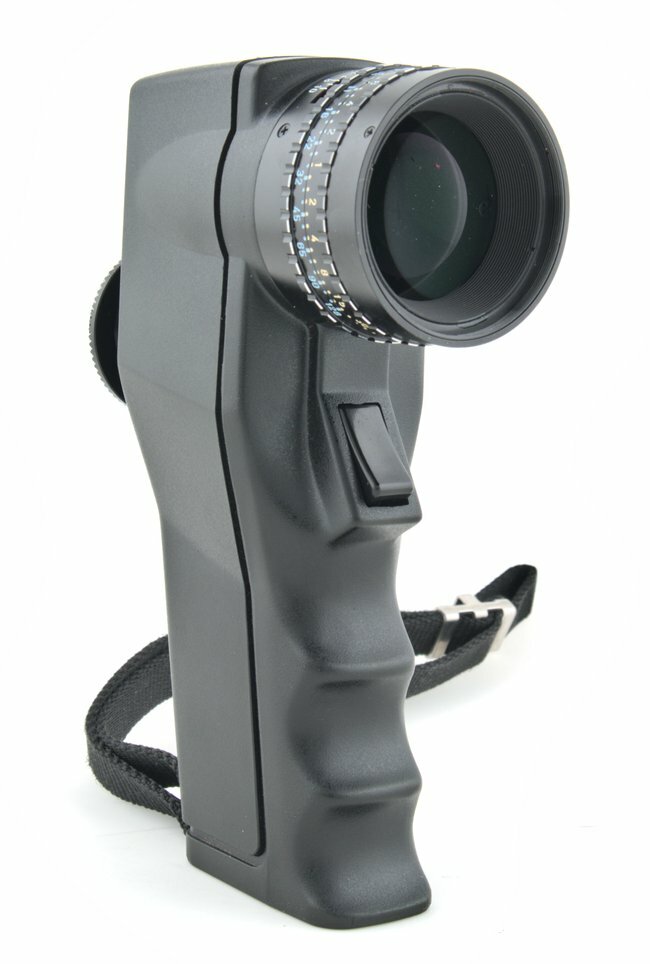
The Asahi Pentax Digital Spotmeter has remained a popular choice since Ansel Adams popularized them with his zone system. He also used the previous analog meter that was replaced by the Digital Spotmeter, the Pentax Spotmeter V.
For a long time the meter has been popular with medium and large format photographers, especially for landscapes. It becomes a requirement for film photography with medium and large format cameras as they often don’t have any form of built-in metering.
Where to Buy a Pentax Digital Spotmeter
Like with most used photography gear, eBay has the biggest selection and best prices. There is a large price range, with the Pentax Digital Spotmeters in excellent condition going for a large premium.
Affiliate Advertising Disclosure
Outside the Shot is a participant in the Amazon Services LLC Associates Program, an affiliate advertising program designed to provide a means for sites to earn advertising fees by advertising and linking to Amazon.com.
As an eBay Partner, I may be compensated if you make a purchase. I also participate in affiliate advertising programs with KEH and Adorama. More can be found on the Affiliate Discolsure page.
7 Alternative Spot Light Meters for Every Budget
- Under $50 - Soligor Spot Sensor, Soligor Digital Spot Sensor, or Soligor Spot Sensor II. The Spot Sensor II will require getting lucky on an auction.
- $125 - Gossen Ultra Spot Meter
- $200 - Pentax Spotmeter V
- $350 - Asahi Pentax Digital Spotmeter
- $600 - Sekonic L-858D-U
With the exception of the Sekonic, all the light meters will have to be purchased used.
Spotmeter Batteries - 4LR44
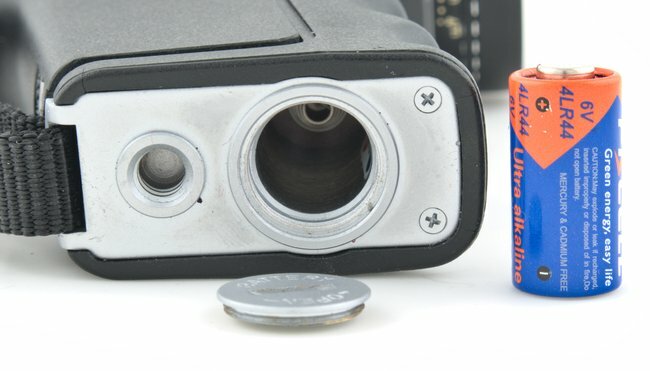
A 6V, 4LR44 battery powers the meter. They are widely available and used in cameras like the Canon AE-1, as well as dog shock collars.
You should be able to easily find them in stores. Buying them online does save money, especially if you plan on keeping a spare with you.
There is no built-in way to check the battery. If the LED display does not light up with a reading, you need to replace the battery.
Digital Spotmeter Specifications
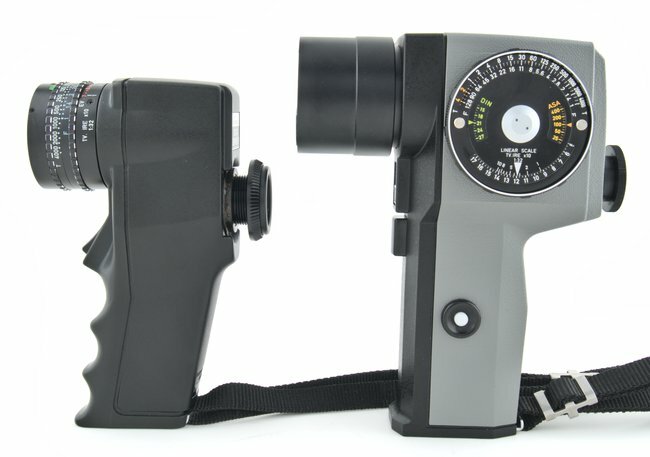
Size comparison against the Pentax Spotmeter V.
- Measuring Range: (100 ASA) EV 1-20 (EV 20 is displayed as “0”)
- Measuring Angle: 1°
- Measuring Distance: From ~1.5m to infinity.
- Measuring Method: Spot measuring of reflected light.
- Exposure Readout: Red digital LED display.
- Photosensitive Cell: Silicon Photo Diode.
Metering Scales for Calculating Exposure
- ASA, 6-6400
- Shutter Speed, 1/4000 sec. - 4 min.
- Aperture, f/1 - f/128
- EV Number, 1 - 19-2/3
- IRE, 1 - 10
Dimensions
- Size (DxHxW): 44mm x 144mm x 83mm
- Weight: 258g with a 4LR44 battery installed.
Pentax Digital Viewfinder
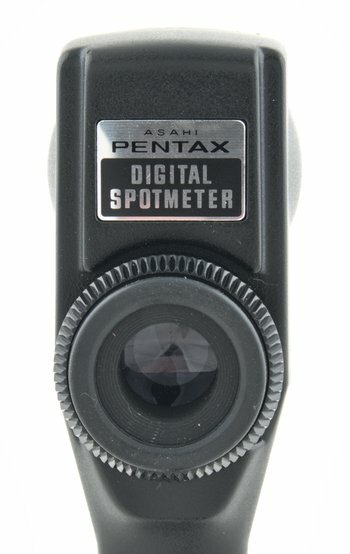
The viewfinder is decently sized. The measuring angle is 1 degree. EV readings are displayed on a red LCD at the bottom of the viewfinder. Unfortunately, the display does block a large portion of your view.
40.5mm filters can be used on the front of the meter. This is useful as it allows the same type of color correction filter to be used on the camera and meter.
The eyepiece is able to be adjusted and fixed into place with a locking ring.
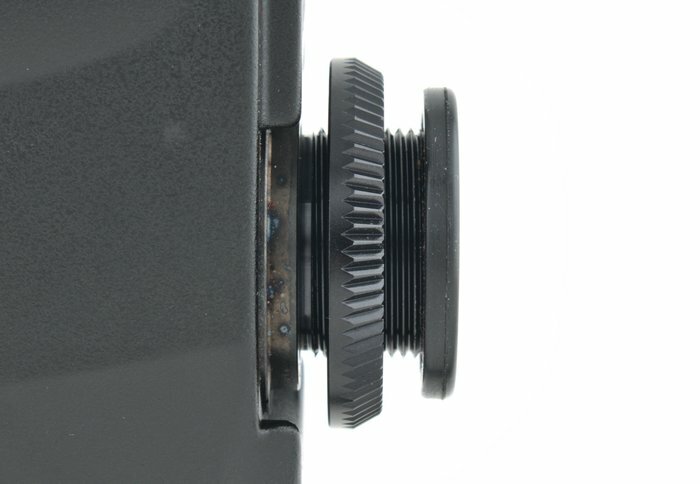
The closest digital spot meter in terms of price is the Minolta Spotmeter F. The display in the Minolta’s viewfinder barely takes up any space, letting you see significantly more.
The Pentax Spotmeter V has an enormous viewfinder that dwarfs the size of the digital Pentax and Minolta meters. That comes with the disadvantage of being larger and it is an analog meter, so it is best suited to landscape photography.
Shutter Speed & Aperture Scales
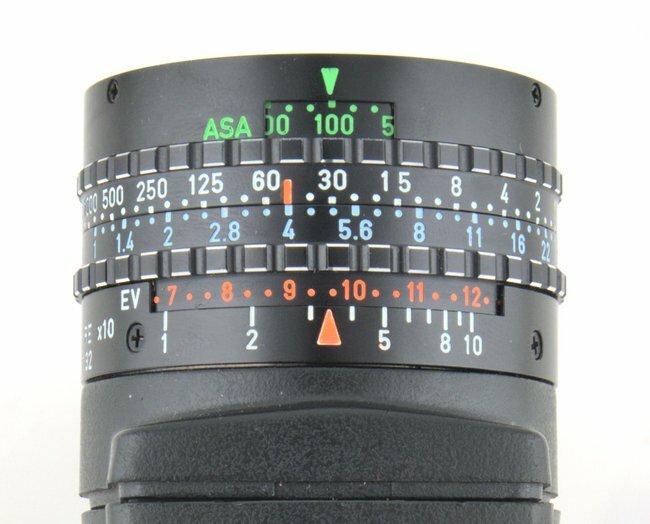
Around the front lens of the Pentax Digital spot meter are two rings to calculate camera exposure settings based on a given exposure reading. Many photographers prefer being able to see the entire dynamic range on a scale than needing to menu dive.
The front dial is used for ASA and shutter speed. There is an ASA index, ASA scale, and shutter speed scale.
EV is set with the second scale, which will align aperture values with the shutter speeds on the other dial. There is an aperture scale, EV No. scale, IRE scale, and IRE standard index. (Institue of Radio Engineers)
Additional Features
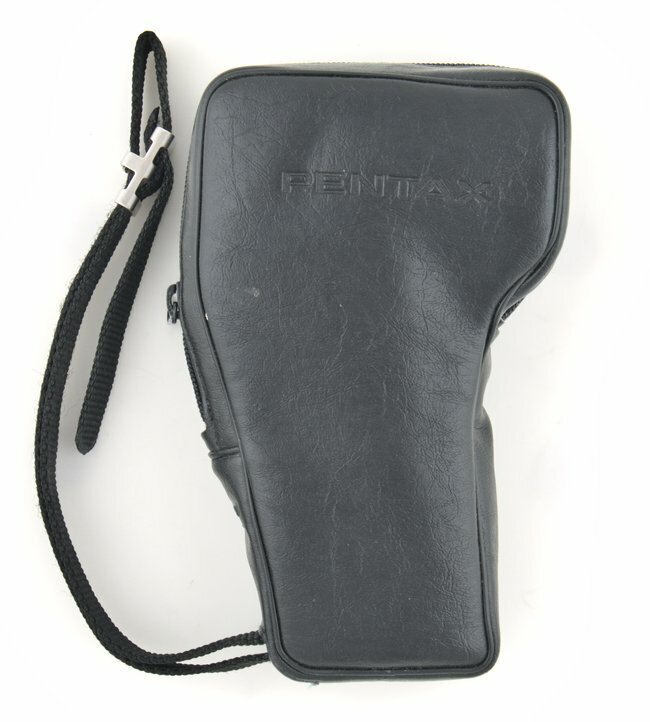
Originally the light meter came with a vinyl case. There is a wrist strap and 1/4" tripod mount on the bottom.
Pentax Digital Spotmeter Manual
A PDF version of the manual can be found at Butkus.org.
Zone VI Modified Meters
Fred Picker, the publisher of The Zone VI Newsletter, had a service that would modify a Pentax digital spot meter to be used with the Zone System. The goal of the Zone VI modifications was to improve the accuracy of the meters when used with black and white film.
Modifications included replacing the original SBC metering cell with a different one, introducing filters to block infrared and ultraviolet light, and adding filters to adjust the meter’s visible light color sensitivity.
There is more information about the Fred Picker’s Zone VI versions on the Pentax Spotmeter V Review page, on FredPicker.com and a Photrio.com forum thread.
Spot vs. Incident Light Meters:
Incident Light Metering
- An incident meter measures the amount of light falling on a subject.
- The dome of the meter averages light from multiple angles, such as key and fill lights.
- Provides a reading that will render a “normal” or average exposure for all the light hitting the subject.
- It’s often considered relativistic, as it always aims to tell you the exposure needed to achieve a middle gray when lit by a particular source.
- Commonly used for setting up lighting and determining ratios.
Spot Light Metering
- Measures the amount of light reflected off a subject and hitting the camera lens.
- Provides a precise measure of how much light is bouncing off the subject/object.
- A spot meter tells you the brightness of any given object, regardless of its illumination or its own color/brightness.
- Spot meters can be used to check if certain areas in a scene are at risk of clipping or being underexposed.
- They are absolute in their readings, telling you the reflected light’s exposure value.